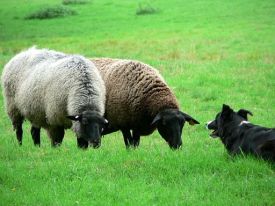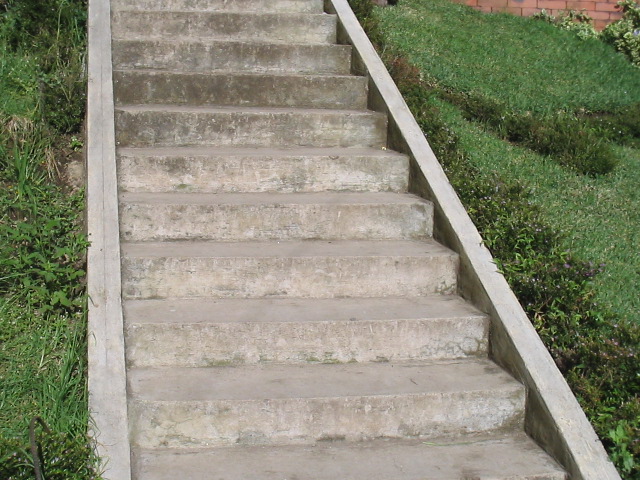At the hop - blog tour on the writing process
 Sunday, June 15, 2014 at 7:05PM
Sunday, June 15, 2014 at 7:05PM Thank you Jenny Watson, author of Prove It, Josh for inviting me to this blog hop. Jenny's extensive sailing experience shaped her compelling middle grade novel about 11-year-old Josh who has a race to win and a major obstable to overcome.
Jenny and I met in 2013 at a seminar hosted by the Society of Children’s Illustrators & Book Writers. Now that I live in Victoria, we are getting to know each other better. You can read Jenny’s answers here.
1) What am I working on?
First of all I have to admit to being a bit superstitious about talking about work in progress. When the story is still incubating in the Petri dish, I fear its tentative energy will evaporate if exposed to the bright light of open scrutiny.
I’ll say this much, it’s a contemporary adult novel about loss and forgiveness, set in Australia, with its resolution unfolding in the Outback. It’s a favourite project which has been in process for a number of years. I’m uncovering its secrets slowly.
2) How does my work differ from others of its genre?
Years ago two friends of mine were walking down a dark street in the early morning hours. A man trailed some distance behind them. He came closer and closer. When he was right behind them, they both turned back to face him. One friend looked at his face to see if she recognized him. The other looked at his hands to see if he had a weapon. He didn’t. He was an exhibitionist playing with his wedding tackle. The moment they confronted him, he ran away. When they reported the incident to the police later they gave wildly varying descriptions of the encounter.
Similarly every writer’s work is unique. I see things differently than the person next to me. Even if we look at the same object, we carry away personal impressions. Go to any writing workshop and listen to how people respond to the same prompt. Ask twenty writers in a room to describe the colour, texture, smell, taste, and sound of sorrow and you will get twenty highly diverse answers.
My debut novel is classified as YA but is that a genre or an intended audience? I’d say that Lockdown is speculative fiction. It could happen on planet Earth. Some say it eventually will. But there is no fantasy, paranormal, or space travel involved. Two of my three novels for the YA market are contemporary fiction; that is they are set in modern times and have no fantasy element. How will these novels differ than those from other writers? Simply: they will be focused through the lens of my life’s experiences.
3) Why do I write what I do?
I write for the same reason many writers do: to stay connected, to explore the ideas that haunt me, to put order into chaos, and to find out how I think about things.
The what is a little harder. I write YA fiction because I love it. I write contemporary fiction because a few stories have wrapped their tentacles around my heart. Ideas find me. I play with them and when they stick, a story starts.
4) How does my writing process work?
Most of the time it’s glacial slow. Even more so now that I’ve been living out of a suitcase since February. It involves rewriting and lots of it. Taking characters out, enlarging the remaining ones. Cutting many scenes, adding others. Cleaning up the diction and deleting weasel words.
However, I can write fast when pushed. A couple of my short stories emerged in a single writing session with very little revision. I have laid down three draft novels during NaNoWriMo (National Novel Writing Month—50,000 words in 30 days). Lockdown was one of these.
My process is also experimental—never the same colour twice. I’ve tried writing off the top of my head (see above comment about NaNoWriMo). I’ve used the Snowflake Method where I’ve done eight page character studies that identified everything from childhood illnesses to favourite socks for the main characters.
Currently, my approach is a bit of a hybrid between a well-mapped plan and a wander to wherever the story takes me. I find plot twists and character revelations develop over the course of the novel.
I have thick notebooks and big files of photos and other visual prompts that help me stay in touch with my imaginary world. Sometimes a particular piece of music evokes a mood I’m trying to capture so I’ll play that repeatedly. Mostly I try to visit my work every day so the characters and their dilemmas stay with me.
While I’m developing a novel, I continue to read books on craft because it’s important to be reminded of the basics. I like to do Sarah Selecky’s daily prompts with pen and a notebook for practice—like playing the scales.
Through all this, I keep reading. Usually I read one short story and one novel a week.
Then there are those other writing things I do that looks suspiciously unlike writing: I clean house, go for walks, do the laundry, visit with family and friends, take in a film or concert—things that let new ideas bubble to the surface.
***
I’ve tagged three wonderful authors to follow me on this blog tour. They are:
Lynn Crymble who became a writer because she didn't want to have to be accountable to anyone else or explain what, exactly, she was doing. Also, Lynn is commitment shy. Not to her husband as they have been married, like, forever. Rather, since she has been dealing with the unpredictable nature of a really fun disease called Multiple Sclerosis! - it is probably a good thing that she doesn't have a boss yelling at her. Or deadlines. No, Lynn enjoys the void and vacuum of grinding out words, hoping that one day, someone might actually read them.
Her first novel, It Can Happen To You, was miraculously published by HarperCollins in 2009. She lives with her husband and daughter in North Vancouver.
***
A Canadian-born author, Lisa Voisin spent her childhood daydreaming and making up stories, but it was her love of reading and writing in her teens that drew her to Young Adult fantasy. In addition to being an author and technical writer, Lisa also facilitates the Lynn Valley Young Writers’ Club to assist young authors in finding their writing voice. In her spare time, she teaches meditation. So when she's not writing, you'll find her meditating or hiking in the mountains to counter the side effects of drinking too much coffee. She lives in Vancouver, B.C. with her fiancé and their two cats. Her first novel The Watcher, is a paranormal romance.
***
It was probably on the ship coming from England to Canada that Karen Dodd’s destiny to become a writer surfaced. Even at the age of four, she could spin a wildly believable yarn that ensnared a member of the ship’s crew into helping her search for hours for her missing “doll,” who turned out to be her invisible friend. She could read before she started kindergarten and by the time she was in grade school, she struggled miserably at math and science, excelling at composition. After publishing hundreds of articles, Karen’s critically acclaimed debut novel, Deadly Switch: A Stone Suspense was released in December, 2013, and she is currently working on the sequel.
***

Blog photo: Euro in spinfex, North Flinders Ranges Australia by Alan Bolitho, leading man.


